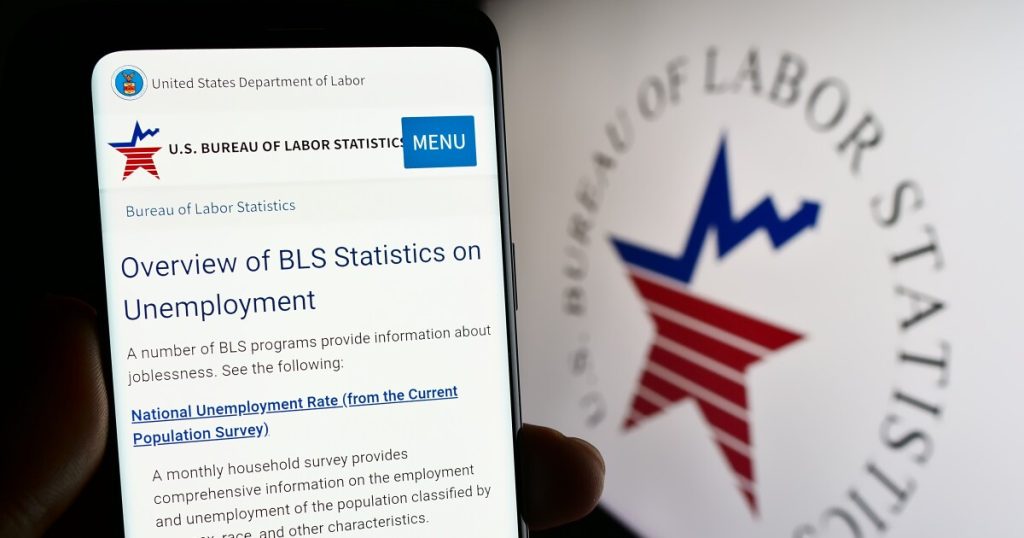Key Insight: Payroll firm ADP showed that employers lost 32,000 jobs in September, but the Bureau of Labor Statistics did not release its scheduled jobs report Friday because of the federal government shutdown.
Forward look: The Fed cut rates by 25 basis points in September as a “risk management” move. The absence of a key economic indicator complicates the Federal Reserve’s outlook and has fueled calls from lawmakers to reopen the Bureau of Labor Statistics.
Expert quote: “But let’s be clear: the jobs data scheduled to come out this Friday has undoubtedly been collected and the President must release it.” — Sen. Elizabeth Warren, D-Mass.
The Bureau of Labor Statistics did not release its September jobs report Friday after the agency was shut down with the rest of the federal government when funding expired on Sept. 30. The agency said its last update was October 1 and will resume only once the government reopens.
The shutdown comes as the labor market appears to be softening. ADP r
The BLS reported sluggish growth in
The lack of a reliable September jobs report drew criticism from Senate Banking Committee ranking member Elizabeth Warren D-Mass., who called on President Donald Trump to release the September report, which she said has already been collected and processed.
“Donald Trump’s economic agenda is inflicting massive pain on our economy and to add to the economic uncertainty, he’s shut down the government rather than save health care for millions of Americans. But let’s be clear: the jobs data scheduled to come out this Friday has undoubtedly been collected and the President must release it,” Warren said. “Without it, the Federal Reserve will not have the full picture it needs to make decisions this month about interest rates that will impact every family across the country.”
The government shutdown is hobbling
That lack of data also clouds the Fed’s own calculus for monetary decisions. The agency’s Federal Open Market Committee cut interest rates by 25 basis points in September, lowering the federal funds rate in its first reduction since December. Officials described the move as a risk management cut, with the goal of offsetting labor market weakness, even with inflation still running somewhat above its 2% target rate.
Kansas City Fed President Jeff Schmid

